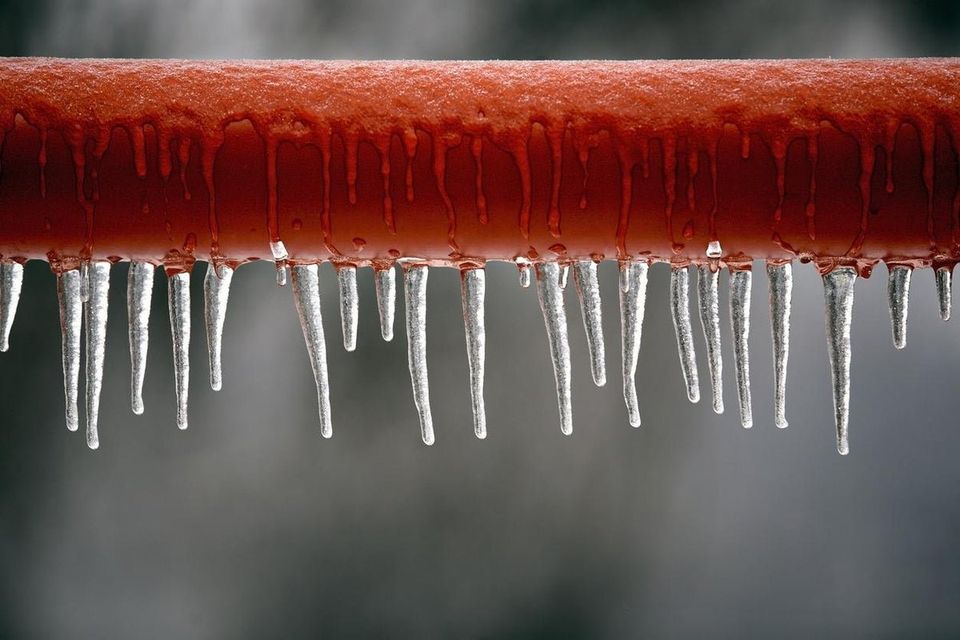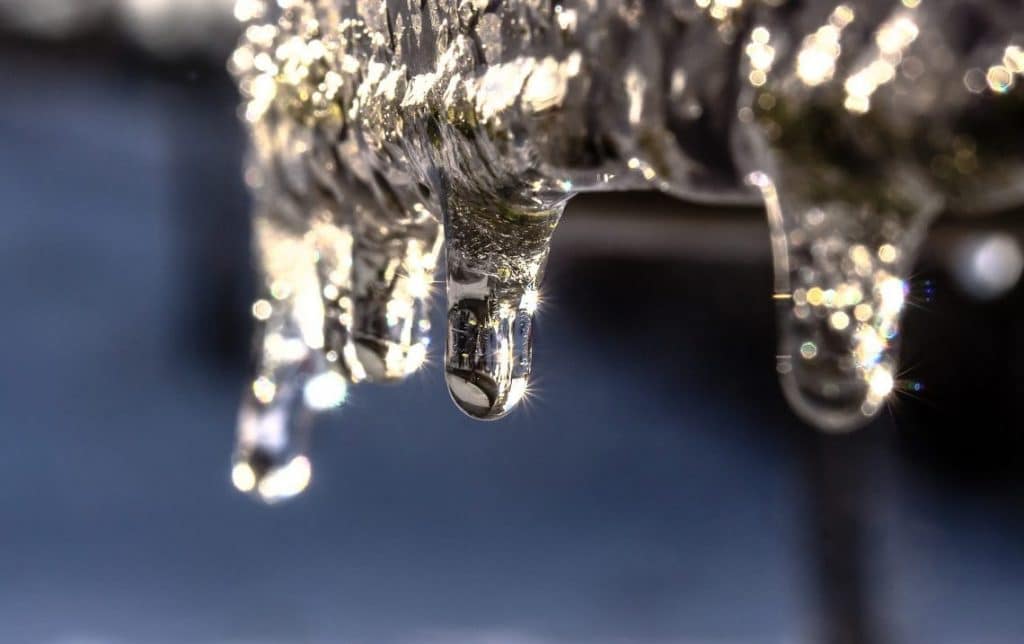Essential Strategies for Avoiding Frozen Pipes in Winter
Essential Strategies for Avoiding Frozen Pipes in Winter
Blog Article
We've uncovered the article relating to 6 Ways to Prevent Frozen Pipes directly below on the internet and reckoned it made sense to discuss it with you on my blog.

Winter can damage your pipes, specifically by freezing pipes. Here's how to avoid it from taking place and what to do if it does.
Intro
As temperatures decrease, the threat of icy pipelines rises, possibly causing expensive repair services and water damage. Comprehending just how to avoid frozen pipes is vital for homeowners in chilly climates.
Understanding Frozen Pipelines
What causes pipes to freeze?
Pipelines ice up when revealed to temperature levels below 32 ° F (0 ° C) for extended durations. As water inside the pipelines ices up, it broadens, taxing the pipeline walls and possibly creating them to break.
Risks and damages
Icy pipelines can bring about water supply disturbances, home damage, and pricey fixings. Burst pipelines can flood homes and trigger extensive architectural damage.
Indications of Frozen Water Lines
Identifying frozen pipelines early can stop them from bursting.
Exactly how to identify icy pipelines
Look for reduced water circulation from taps, unusual odors or noises from pipes, and visible frost on exposed pipes.
Prevention Tips
Protecting prone pipelines
Wrap pipelines in insulation sleeves or make use of warm tape to secure them from freezing temperatures. Focus on pipes in unheated or exterior locations of the home.
Home heating strategies
Maintain interior spaces sufficiently heated, particularly areas with pipes. Open cupboard doors to allow cozy air to flow around pipelines under sinks.
Protecting Outdoor Pipes
Garden hoses and outdoor faucets
Disconnect and drain pipes garden hose pipes prior to wintertime. Install frost-proof spigots or cover outside taps with shielded caps.
What to Do If Your Pipes Freeze
Immediate actions to take
If you presume frozen pipes, maintain faucets available to ease pressure as the ice melts. Utilize a hairdryer or towels soaked in hot water to thaw pipelines gradually.
Long-Term Solutions
Structural modifications
Take into consideration rerouting pipelines far from exterior walls or unheated locations. Add extra insulation to attics, basements, and crawl spaces.
Updating insulation
Buy top quality insulation for pipes, attics, and walls. Proper insulation aids keep regular temperature levels and minimizes the danger of frozen pipes.
Conclusion
Preventing frozen pipes calls for proactive measures and fast reactions. By comprehending the causes, indications, and preventive measures, homeowners can shield their pipes during winter.
5 Ways to Prevent Frozen Pipes
Drain Outdoor Faucets and Disconnect Hoses
First, close the shut-off valve that controls the flow of water in the pipe to your outdoor faucet. Then, head outside to disconnect and drain your hose and open the outdoor faucet to allow the water to completely drain out of the line. Turn off the faucet when done. Finally, head back to the shut-off valve and drain the remaining water inside the pipe into a bucket or container. Additionally, if you have a home irrigation system, you should consider hiring an expert to clear the system of water each year.
Insulate Pipes
One of the best and most cost-effective methods for preventing frozen water pipes is to wrap your pipes with insulation. This is especially important for areas in your home that aren’t exposed to heat, such as an attic. We suggest using foam sleeves, which can typically be found at your local hardware store.
Keep Heat Running at 65
Your pipes are located inside your walls, and the temperature there is much colder than the rest of the house. To prevent your pipes from freezing, The Insurance Information Institute suggests that you keep your home heated to at least 65 degrees, even when traveling. You may want to invest in smart devices that can keep an eye on the temperature in your home while you’re away.
Leave Water Dripping
Moving water — even a small trickle — can prevent ice from forming inside your pipes. When freezing temps are imminent, start a drip of water from all faucets that serve exposed pipes. Leaving a few faucets running will also help relieve pressure inside the pipes and help prevent a rupture if the water inside freezes.
Open Cupboard Doors
Warm your kitchen and bathroom pipes by opening cupboards and vanities. You should also leave your interior doors ajar to help warm air circulate evenly throughout your home.

We had been introduced to that write-up about Preventing and dealing with frozen pipes from an associate on a different domain. Do you know anybody else who is looking into the subject? Please feel free to promote it. Thank you so much for your time spent reading it.
Call Today Report this page